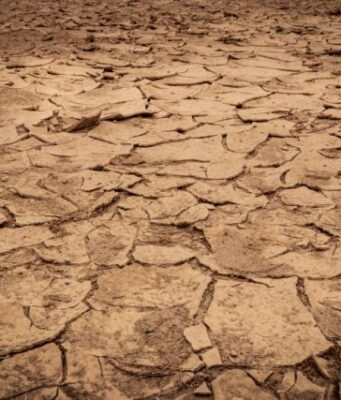Models of future CO2 emissions and temperature changes show the Paris Agreement's warming target of 2oC won't be met unless clean technologies are developed and implemented at rates 10 times faster than in the past to avoid future CO2...
Distribution of the atmospheric ammonia concentration in June, July, and August 2008 at 15 km height as observed by MIPAS. Bright areas are measurement gaps due to high cloud cover.Credit: Michael Höpfner/KIT
Population is growing, climate is warming -- hence,...
Researchers found that nearly 10,000 metric tons -- or 22 million pounds -- of plastic debris enter the Great Lakes every year from the United States and Canada. Credit: © GabPRR/ Flickr
A new study by Rochester Institute of Technology...
Surface burning of oil slicks during the Deepwater Horizon event. Credit: David Valentine
The oil discharged into the Gulf of Mexico following the explosion and sinking of the Deepwater Horizon (DWH) rig in 2010 contaminated more than 1,000 square miles...
A composite image of the Western hemisphere of the Earth. Credit: NASA
Every meal you eat now costs the planet 10 kilos in lost topsoil.
That's the warning of "Surviving the 21st Century" author Julian Cribb to an international soil science...
Map of the world's lakes with surface areas of 10 hectares or more. The large, dark blue areas in Canada reflect the high concentration of lakes in those regions. Credit: HydroLAB, McGill University
The total shoreline of the world's lakes...
The ionosphere is a layer of charged particles in Earth's atmosphere that extends from about 50 to 360 miles above the surface of Earth. Processes in the ionosphere also create bright swaths of color in the sky, known as...
On Dec. 7, cold Arctic air (dark blue) descended into the Plains states and reached Colorado, Kansas and Missouri. That cold air shifted east on Dec. 9 into the Ohio Valley and New England.Credits: NASA JPL, Ed Olsen
Imagery and...
Antarctic warmed between two and three times the average temperature increase worldwide, according to a new study. Image Credit: Flickr/Ben
Following Earth's last ice age, which peaked 20,000 years ago, the Antarctic warmed between two and three times the average...
Wet regions of the earth are getting wetter and dry regions are getting drier but it is happening at a slower rate than previously thought.Image Credit: Flickr/Mariano Mantel
Research from the University of Southampton has provided robust evidence that...
Iceberg in the Weddell Sea. Credit: Mike Weber
An international team of researchers has found that the Antarctic Ice Sheet plays a major role in regional and global climate variability - a discovery that may also help explain why sea...


















